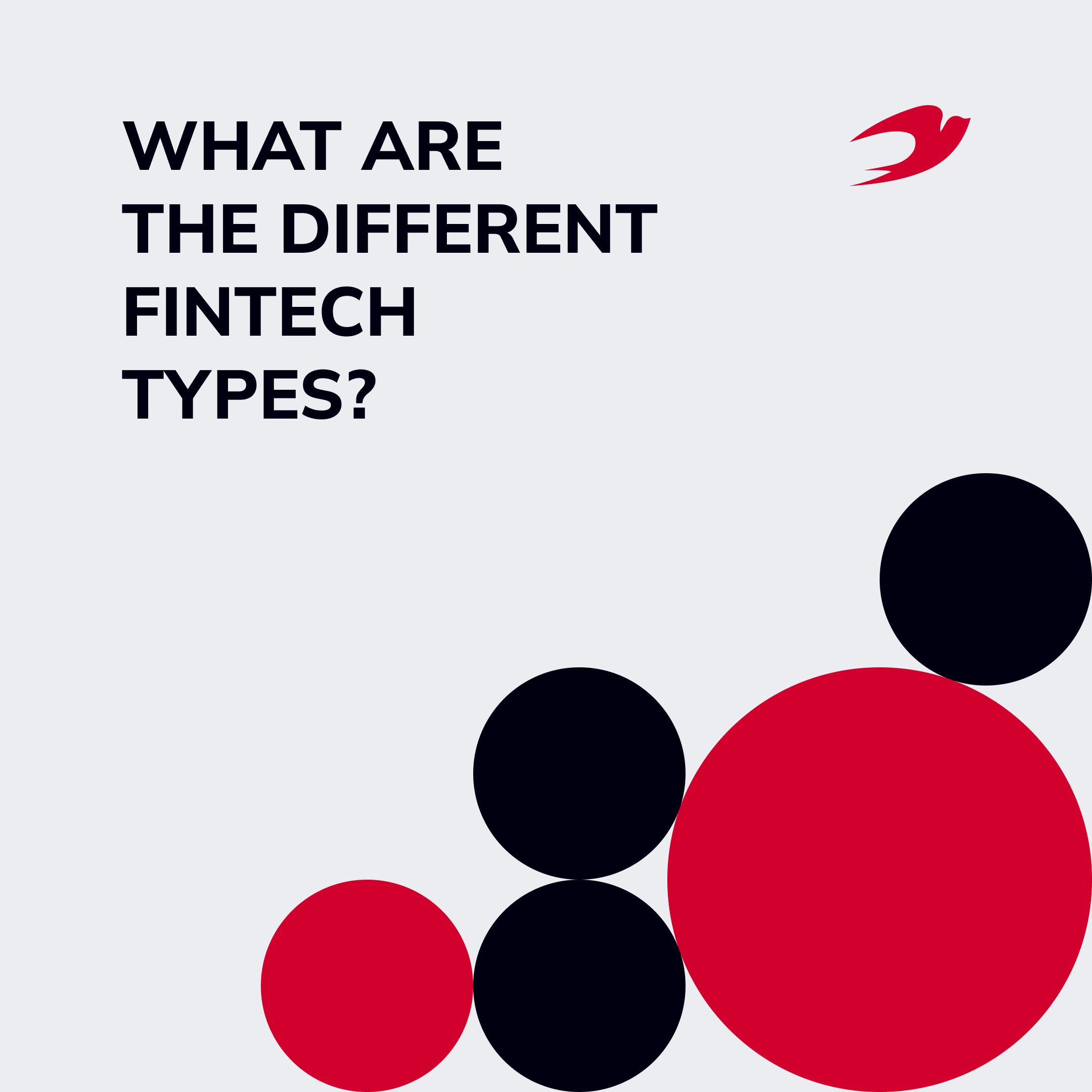Recent statistics indicate that online investing and trading services are among the most popular interests of American adults. The development of investment apps has opened up many investment opportunities for ordinary people. In addition, professional investors also use investing apps, especially since the COVID-19 pandemic has prevented face-to-face interactions and necessitated the movement of operations online.
In this article, you will find a detailed guide for the development of investing apps: how these apps work, key features worth implementing, and the development process.
Table of contents:
- Investing market overview
- Types of investing apps
- Key features of investment apps
- Technology stack
- Development process
- Final thoughts
Investing market overview
The investing app market is growing each year as more people become interested in investing. According to a study from Reports and Data, the global online investment platform market size was 1.16 Billion USD in 2020 and is expected to reach a value of 4.99 Billion USD by 2028.
Another factor that has influenced the growth of the investment apps market is the rising popularity of blockchain. Cryptocurrencies, NFTs, and DeFis are attracting more and more investors. According to Coinmarketcap, by the beginning of the 4th quarter of 2021, the capitalization of the cryptocurrency market was about 1.926 trillion USD.
The large number of investment apps and their availability has allowed everyone to invest accumulated funds. According to Bankrate, 63% of smartphone users in the USA have at least one financial app. Among the younger generation aged 18 to 34 years, the percentage of people using investment apps has reached 31%. This audience is used to investing through mobile services and is unlikely to return to previous methods. Therefore, the business niche of investment app development is becoming more attractive for entrepreneurs.
Types of investing apps
Before developing an investing app, it is necessary to understand how they work and what types of investing apps are on the market.
An investing app is designed to buy, hold, and sell funds, manage and update investment portfolios, and choose robust investment strategies. These apps allow investors to monitor their finances and the whole market situation in real-time to quickly make changes when needed. Investment app users value them for their convenience and quick access to all the information they need. The apps are used by those interested in a long-term investment as well as short-term deals.
The next thing you need to decide is what type of investment app you want to develop. It is better to decide on the app type beforehand since the chosen type determines the available features. There are three widespread types of investing apps:
1. Banking investment apps
Banking apps allow users to perform banking operations and also have investment functionality. Examples: Ally Bank, Bank of America, Capital One, and HSBC.
2. Standalone investing apps
These apps use algorithms to monitor the global market and allow users to decide on specific investments or create a portfolio. They usually offer several choices for investments such as shares, bonds, and stock market index funds. Examples: Invstr, Wealthfront, and Acorns.
3. Exchanged-traded funds apps
These include two basic types of exchange-traded funds apps: traditional and crypto-oriented.
- Traditional type
The traditional types of apps allow users to trade stocks. These apps eliminate the process of buying stocks via brokers and allow any user to invest in stocks, funds, and options.
Examples: Robinhood, Betterment, Vanguard, and E-Trade.
- Crypto-oriented type
The crypto-oriented types of apps are more specific and focused on non-fiat investments and their management. These apps allow users to buy and conduct transactions with Bitcoin, Ethereum, and other cryptocurrencies. They provide two options for the exchange of cryptocurrency assets: centralized and decentralized.
Examples: Coinbase, Binance, etc.
Key features of investment apps
With such an extensive range of investment apps on the market, when creating your product, you need to carefully consider the functionality that will favorably distinguish your app in the market and meet users’ needs. Let’s talk about the key features to keep in mind when creating an investing application:
Sign up & Login
Offering users several simple, fast, but secure ways to sign up and log in is recommended. Here are some examples of possible registration methods:
- email/phone number + password
- two-factor authentication
- biometric authentication supported by the user devices (Touch ID, Fingerprint Sensor, Face ID, or others).
Personal Accounts
In this app section, users can enter and manage personal and bank information, set amounts to deposit and withdraw, turn round-ups on and off, manage subscriptions, settings, and more.
Investor portfolios & money management tools
Your investing app should allow users to manage, edit, and change their portfolios. It should provide intuitive tools for transactions and the investment of funds. These should include search and sorting features and stop-loss price options to sell a stock automatically when it reaches a specified price. Also, users need a home screen or a dashboard to review their assets, see stats on each asset, and diversify their portfolios.
Online transactions
App users should be able to deposit their funds from and withdraw to their bank accounts. For this, you need to integrate bank accounts and a secure payment-gateway into your investing app for safe transactions. Consider your target audience, currencies used, and the location of your users.
Real-time analytics and statistics
The investing app should conveniently present information to users that will help them make their investment decisions efficiently. Data should be presented visually using charts and graphs and may include the following information:
- Most successful investment options which have shown growth in recent days or months.
- Daily/weekly/monthly financial reports and investing operations.
- The latest market news, research reports, companies’ financial performance comparisons, and more.
Notifications
Push notifications, personalized reminders, and real-time alerts can inform users about specific asset price rises/falls, buy/sell order completion, return on investments, special offers, promotions, suspicious account activity, and more. Allow users to customize the notifications and choose the time, frequency, and type of alerts such as: formal notifications, contextual pop-ups, text messages, voice prompts, or emails.
Here are some more features to reinforce your unique value proposition:
- Robo-advisors
- Cryptocurrency support
- Saving and investing in multiple currencies
- Dividend reinvestment
- Retirement planning and accounts
- Risk prevention
- Tax wrapper and monitoring
- Donations and charitable gift options
It is also important to remember that an investment app must have a high level of security and privacy, so make sure your functionality includes advanced security and encryption features.
Monetization
Almost all investment apps use hybrid monetization models, generating revenue in several ways at once. For example:
- Fees from various transactions
- Asset management fees
- Mandatory or premium subscriptions
- Advertising and value-added services.
As for value-added services, these may include consultations with experienced managers and traders, auditing of investment portfolios, access to information (statistics), etc. Determining which model to use depends on the desired services in the investment app.
Technology stack
To fulfill all the needs and requirements of your project and to implement the desired functionality, you need to choose the right tech stack. The tech stack includes programming languages, framework options, database tools, APIs, etc. Let’s consider a standard tech stack for the development of an investment app here:
- iOS
Programming language: Swift
Networking: Alamofire
- Android
Programming language: Kotlin
Networking: OkHttp 3
- Back-end
Programming language: PHP, NodeJS, Python, Java, .Net.
Framework: Express 4
Database: MySQL, PostgreSQL, Oracle, MSSQL
API: Swagger
- Frontend
Programming language: CSS, JavaScript, HTML5
Frameworks: Angular, Vue.js, and React
To build specific investing app functions, you need to use ready-made investment SDKs (Software Development Kits) and APIs (Application Programming Interfaces). Therefore, we have prepared a list of some third-party API options.
- Plaid API
This enables the main feature of linking bank accounts to the client.
- Xignite API
This provides a range of financial instruments with the stock data feed & investment portfolio, such as equities, funds, ETFs, indexes, futures, trading options feed, forex data feeds, feeds of commodities such as metals, derivatives, etc.
- Yahoo Finance API
This offers financial news and statistics, including descriptions of stocks, quotes, press releases, and financial reports.
- Currencylayer API
This allows global currency translations and exchange rates to be retrieved by users.
- Marketstack API
This provides and parses data from more than 70 global exchanges.
Developers can select the appropriate technology stack based on the project requirements.

Development process
Each software development process goes through several stages. Let’s look at the process of developing an investment app:
Discovery phase
During the discovery phase, business analysts will help identify and correctly describe the project requirements, draw up all the necessary documentation and prepare the project for the next steps.
UX/UI design
UX/UI design is not just the app’s appearance, but it is also the logic of its operation and should provide a friendly interface. Designers use industry best practices to create a user interface that is easy to work with and engages users. For example, to create easy navigation in an investment app, you need to implement filtering and sorting, divide resources into categories, and perform predictive searches in order to improve the user experience.
Development
Development is part of the project’s technical implementation, writing secure code that ensures the functionality and robustness of the entire system.
Then comes the testing and launching stages. That’s all! Your investment application is ready to go to market.
Final thoughts
The development of an investing app has strong potential to be a profitable business as more and more people invest in the stock market and consider their investment opportunities. With our expertise on the critical points of building an investing app, you have a great opportunity to become a player in the investment app marketplace.
IdeaSoft is a reliable fintech software development provider for companies around the globe, and our team will be happy to become a part of your project. IdeaSoft engineers have deep expertise in developing trading, financial planning, mobile payment, lending/borrowing, and investing software. The company’s portfolio comprises of more than 250 successfully delivered projects. Feel free to discuss your project with us by filling out our contact form.




